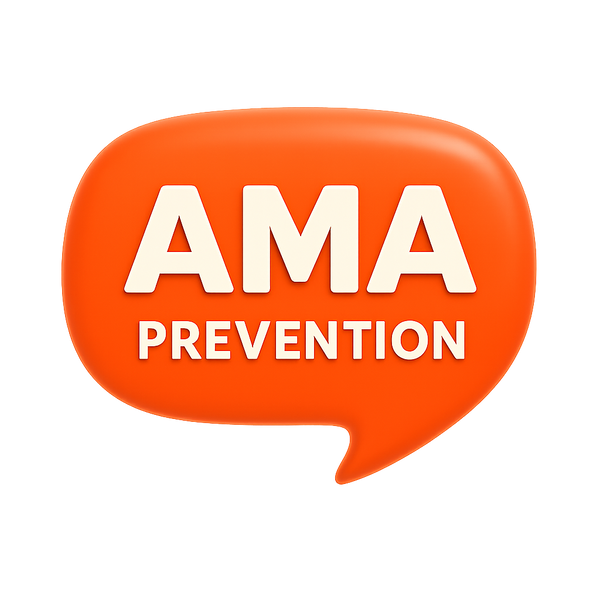Using a saliva test
Saliva drug screening tests are fast, reliable and non-invasive. They can detect the presence of THC (cannabis) , cocaine, amphetamines, opiates, methamphetamines and other substances within hours of consumption. CE and ISO 13485 certified, manufactured in France by Toda Pharma , they are recognized by the French Army , the SNCF and municipal police .
Road checks
In accordance with the decree of December 13, 2016, saliva tests with a threshold of 15 ng/ml are used for screening while driving . They offer immediate detection, ensuring road safety by identifying drivers under the influence before an accident occurs.
Screening in companies (Joana Plan)
The Joana Plan authorizes employers, in certain high-risk sectors, to carry out saliva tests in companies . These tests guarantee:
- Prevention of occupational risks linked to drug use.
- A safety tool to reduce workplace accidents.
- A quick and non-intrusive procedure, more suitable than urine tests in a professional context.
Anti-doping and sport
Practical and rapid, saliva tests are used to detect doping substances in competition, while respecting the well-being of athletes.
Prevention in adolescents
The discretion and simplicity of saliva tests make them a suitable tool for prevention in schools and families, to detect recent consumption and act quickly.
Tests at the prefecture for license recovery
As part of the restitution of the license after a suspension for drug use, the prefectures require a certified saliva test , allowing proof of the absence of recent consumption.
Using a urine test
Urine drug tests allow for longer detection than saliva tests. They reveal drug use several days or even weeks after use. CE and ISO 13485 certified, they are used in medical, legal and professional settings .
Long-term detection
Expanded detection window: cannabis, cocaine, opiates, benzodiazepines, methadone, etc. Ideal for monitoring users in rehabilitation programs .
Pre-employment screening
Often used as part of pre-employment screenings , urine tests allow companies to check candidates' drug history.
Medical monitoring
Monitoring tool for patients undergoing drug treatment (particularly opioids), to ensure compliant use and prevent addictions.
Targeted detection
Some formats are designed to detect specific substances (cocaine, benzodiazepines, amphetamines, etc.), useful in sensitive medical or legal procedures .
Comparison of the two methods
| Criteria | Saliva test | Urine test |
|---|---|---|
| Detection window | 4 to 24 hours | 2 to 7 days (or even several weeks) |
| Context of use | Road checks, business (Joana Plan), self-checks | Pre-employment, medical, legal, long-term monitoring |
| Invasiveness | Non-invasive | More intrusive |
| Speed | Immediate result (less than 5 min) | Results in 5 to 10 minutes |
| Legal validity | Yes (truck driver, company, prefecture) | Yes (judicial, medical, pre-employment) |
Summary and practical advice
The saliva test is preferred for immediate detection, in roadside checks , self-checks and in companies implementing the Joana Plan . It is fast, reliable and non-invasive.
The urine test , thanks to its extended detection window, is recommended for pre-employment screening , medical monitoring and legal procedures .
👉 All AMA Prévention screening tests are CE and ISO 13485 certified, manufactured in France , and recognized by health authorities, guaranteeing precision and reliability in all screening situations.
